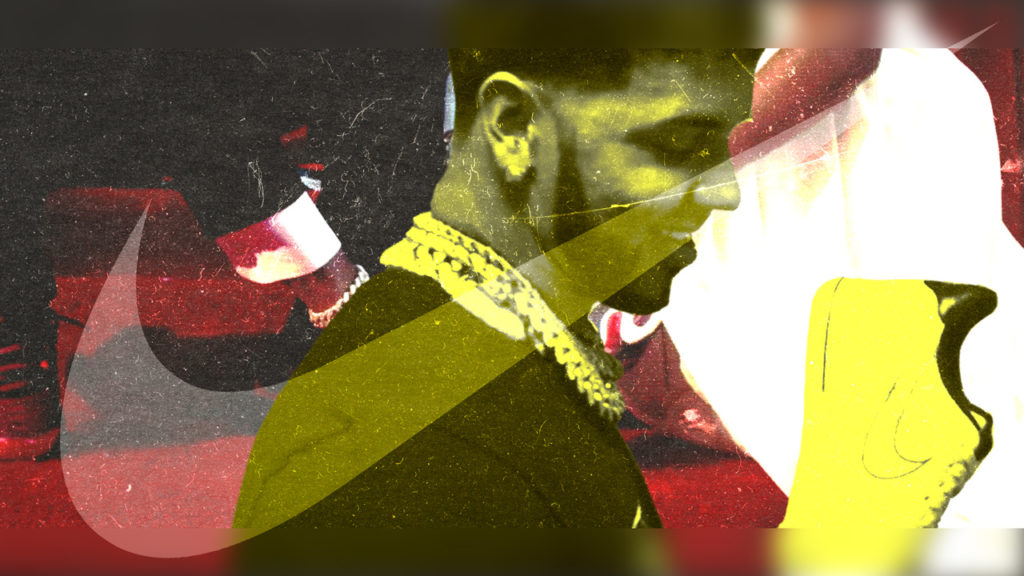With all the nostalgia marketing campaigns today, you’d think you woke up back in the 80s or 90s. This pull on our childhood heartstrings is frequently employed by legacy brands with a vast marketing history. Meanwhile, emerging brands create innovative ways to form an emotional bond with consumers through partnerships and creative campaigns, even if they weren’t technically a part of the “good old days.”
Regardless of how a brand approaches nostalgia marketing, success hinges on more than a reminder of the past.
A 2019 study published in The International Journal of Research in Marketing asserts that nostalgia, “the creation of enchantment,” is achieved by “rendering the ordinary into something special.” The authors found three ways of evoking a feeling of enchantment: re-instantiation, re-enactment and re-appropriation.
Re-instantiation is a symbolic retrojection into a past, creating “throwback” experiences that remind us of pleasant memories. Last August, streaming platform VRV launched a 90’s-themed experiential marketing campaign called “Childhooding Zone” that invited guests to watch Nickelodeon programming while eating breakfast cereal.
The second method observed in the study is re-enactment—”reflexively informing the present with past-themed brands and practices.” A number of legacy CPG brands including Doritos and Coca-Cola have relaunched discontinued packaging or products that appeal to our younger selves.
One recent example is Foot Locker. In August the company launched a nostalgia-fueled digital campaign called “We Live Sneakers” that celebrates the sneakerhead culture and the evolution of Nike’s “Swoosh” logo.
The campaign highlights significant moments in a sneakerhead’s life from waking up and deciding which shoes to wear to getting married or having a significant other who doesn’t understand their love. Each moment features a pair of sneakers from Foot Locker’s exclusive “Evolution of the Swoosh” collection as modeled by athletes, musicians and influencers.
“We Live Sneakers” was designed to demonstrate “what it really means to be a sneakerhead and what that emotional connection looks like,” Patrick Walsh, vice president of marketing at Foot Locker told AList.
“The younger members of the sneaker community might not be as familiar with the various changes the swoosh has undergone over the years, so the time was now to honor Nike’s legacy with this unique ‘Evolution of the Swoosh’ collection,” said Walsh, adding that Foot Locker is connected to many of life’s milestones, sneakerhead or not. “When consumers walk into a Foot Locker, they can’t help but think back to the pair of sneakers they bought before their first day of high school or the kicks they wore to prom. The bond they have formed with Foot Locker and their favorite sneakers create a feeling of nostalgia.”
The third “route of enchantment” noted in the study was through re-appropriation, defined as “ludic re-interpretation of the past.”
PepsiCo’s newly acquired sparkling water brand SodaStream has been around since 1903 so it has plenty to be nostalgic about. Rather than “throwback” to a product from the 90s, however, the company imagined one to coincide with the Beverly Hills 90210 reboot, BH90210.
On August 5, SodaStream partnered with Beverly Hills 90210 star Tori Spelling to release a transparent carbonation machine. The new product was designed to look like clear and neon landline phones that were popular in the 90s.
“We created the ‘90s themed Tori machines to celebrate this decade while it’s having a resurgence,” Matti Yahav, chief marketing officer at SodaStream told AList. “The machine alone encompassed the aesthetic and the vibe of the decade, but we wanted to pull in more 90’s culture to create a fuller, more nostalgic experience.”
Yahav says the machines sold out “almost instantly” and that Spelling’s involvement was two-fold.
“As an icon of the ‘90s and an advocate for hydration and the reduction of single-use plastic, Tori Spelling was the obvious choice,” Yahav said. “With our machine, we wanted to tap into the fond memories people have of the ’90 while also making a statement. Our goal is to reduce single-use plastic waste, and our message with this product was to remind consumers that not all trends should make a comeback.”
A more sweeping nostalgia for the 80s is also experiencing a surge thanks, in part, to the Netflix series Stranger Things. While the show is based in a fictional town, it stirs memories of the decade through toys, music, fashion and of course, brands. The story’s setting allows audiences to reminisce about what they were doing and which products they were using during that time.
Eggo waffles, the character Eleven’s favorite food, experienced a bump in visibility that inspired an official brand partnership beginning with Season Two. The symbiotic relationship continued into Season Three with a series of retro ads and the release of a limited-edition 1985 Eggo box in stores.
Nostalgia marketing, like many trends, will inspire brands to follow suit but fond memories go both ways—while consumers are happy to recall the past, they can also be protective of it.
When Warner Bros. released Ready Player One movie posters that paid homage to classic films, many fans said they felt insulted instead of nostalgic. Comparing a new film to their favorites, they complained, was seen as a kind of sacrilege. Others defended the campaign and its celebration of pop culture.
As brands seek to inspire enchantment among consumers, Yahav warns that nostalgia marketing is more than “just referencing something from the past.”
“It’s gifting consumers the feeling of joy, love or fun they once had,” he said. “The product is a catalyst to remind people of that time and the wonderful experience they once had with or around the product.”

